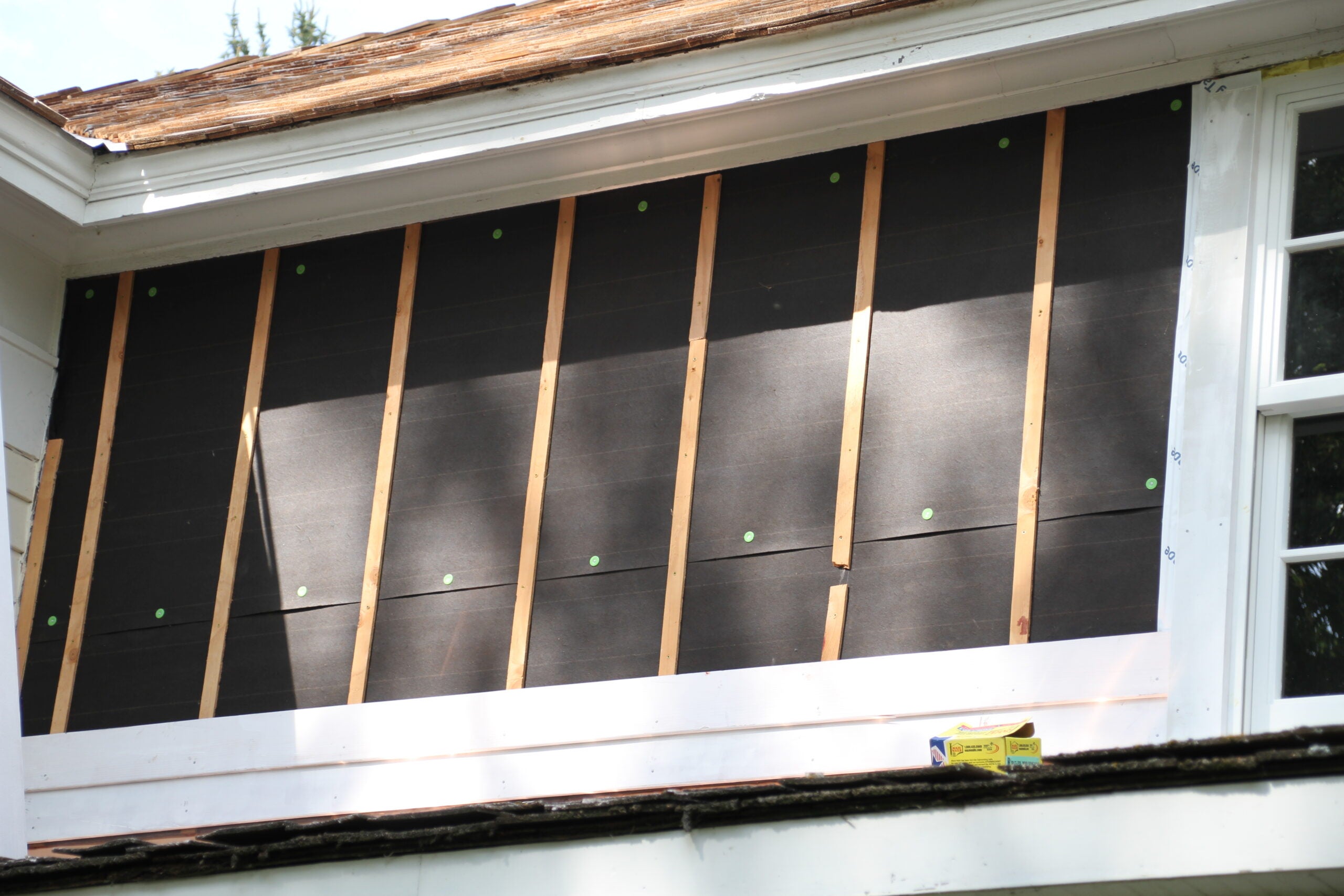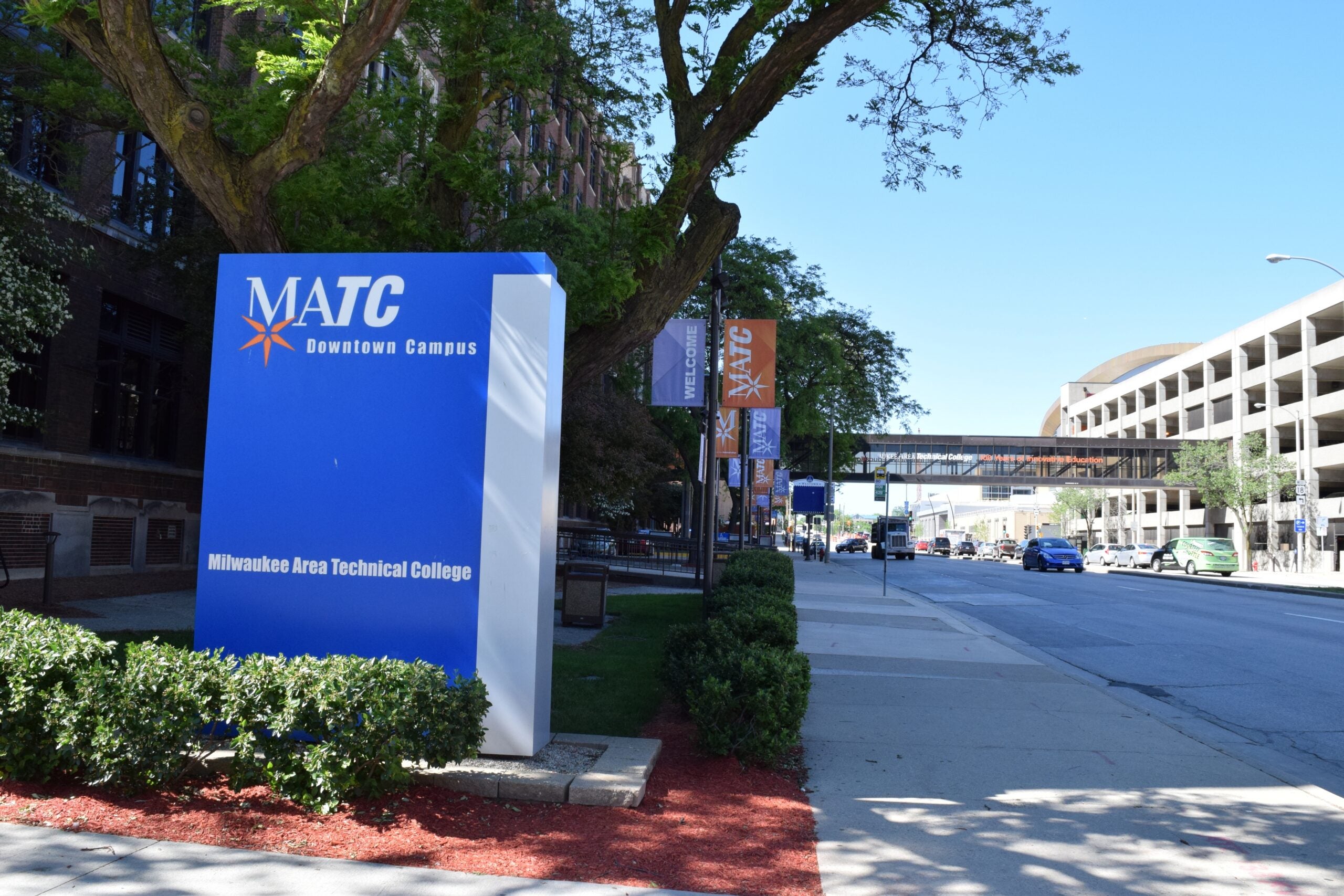Judith Siers-Poisson learns the history of a common and popular material for home exteriors: stucco. Find out how to care for traditional stucco finishes, and whether newer materials that resemble stucco are a good choice for homeowners.
Featured in this Show
-
Experts: It's Crucial To Know What Stucco A Home's Facade Is Made Of
A Wisconsin-registered home inspector who specializes in the evaluation of older structures said he often tells clients that a well-maintained stucco exterior should last for 100 years.
But the key, John Freiburger says, is maintenance — and that requires knowing what kind of stucco a home even uses. There are different varieties of stucco and each type requires appropriate maintenance and repair.
Here are three common types:
- “Traditional” lime-based stucco
Stucco can be most readily identified based on the age of a home. Adams said that if a home is 150 years old, “it’s a no-brainer: It’s going to be a lime-based stucco.”
This type of stucco is the oldest, most traditional formulation. Freiburger added that because stucco is porous, when coats of the wrong type of paint or finish is applied, it prevents the house from breathing. That, he said, results in rot.
“The house is dying from the inside out,” he said.
- Portland cement-based stucco
A home built from the 1890s to the 1950s could be traditional stucco, or it could be Portland cement-based stucco with some lime in it.
Ken Adams, the owner of Adams Design Construction in Madison, said that if a home is from that transitional period, it’s very important to determine which type it is.
Many faulty repairs that Adams and Freiburger see are an attempt to patch traditional stucco with the Portland cement formula. That causes problems because the traditional stucco is much softer than the Portland style, and the two substances don’t work well together.
- Exterior Insulation Finish Systems
The most recent version of stucco is what is referred to as Exterior Insulation Finish Systems, or EIFS. It is a manmade product with very different needs for repair and maintenance.
Adams warned that traditional stucco is still being used, so don’t assume that a contemporary home necessarily has EIFS.
While the EIFS products are good, both Freiburg and Adams said that they see many examples of improper installation that ruins the materials.
“Generally, if I see a house built in the ‘80s with it, I simply say to the people, ‘Tear it all off. Then repair the rot inside your walls, and start over with something different,’” said Freiburger.
Episode Credits
- Judith Siers-Poisson Host
- Judith Siers-Poisson Producer
- Ken Adams Guest
- John Freiburger Guest
Wisconsin Public Radio, © Copyright 2025, Board of Regents of the University of Wisconsin System and Wisconsin Educational Communications Board.


